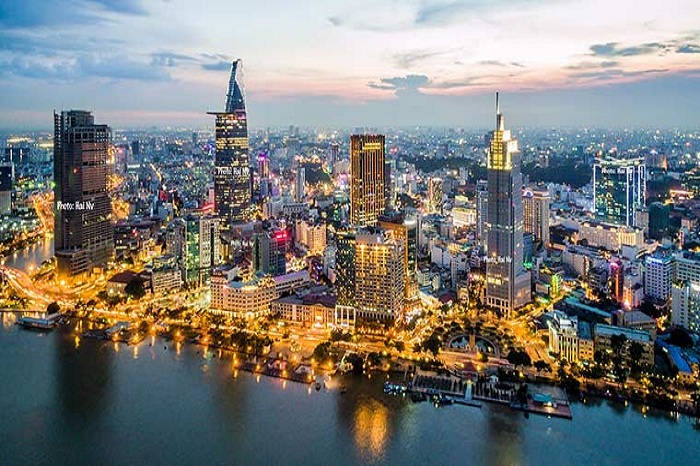Peruvian Desert and Oasis
From the moment we stepped into Peru we were in the desert. That was completely unexpected. Left and right we had tall dunes and nothing else in sight. We were in a rush to get to Mancora, a beach town where we could relax a bit after our border crossing. Unfortunately we hit a town that had a teacher’s protest going on and everything was at a standstill with no end in sight. This was the only town we could go through that had a bridge to cross the river and the bridge was filled with cars waiting for protest to be over. Luckily we were near the side of the bridge and after some clever maneuvering, we managed to follow a few taxi drivers jumping the curb. There was not enough space to fit a full car so Ean did what he called “Texas 2 stepping”: he hopped the right two wheels onto the 1 foot high pedestrian sidewalk and drove the car on a tilt to the cheers of the Peruvians, while I did my regal hand wave. Thank God for our new suspension.
We were very happy to see the ocean again, this is really where we feel the most happy. Mancora is well-known for its kite-surfing, which we had hoped to have enough time for but the Quilor’Riti trek was calling our name and we had to make our flight to Cusco from Lima. Other than that Mancora is your typical beach town with nice cafes and restaurants. We had a nice breakfast in the lodge-tree house of the hotel where we enjoyed watching the surfers catching waves and almost witnessed a brawl. The fishermen were a little too enthusiastic on their boats and would drive right next to the surfers and basically throw their nets onto the surfers just because there were fish around. It was pretty incredible to see how little they cared and the surf shops were definitely not pleased to see how their clients were being treated so a lot of shouting went on.
Out in the middle of the desert, we would see hundreds of abandoned “houses” which were made of four walls of cardboard or reeds and a flat roof. There were no windows and I didn’t see any doors half the time. Those “houses” must have been left over by nomadic tribes that had passed by. There was absolutely nothing around and it was hard to imagine how people survived.
Two days later, we arrived in Lima. We didn’t see the greatest part of it at the beginning and the four days of driving had giving us traveler’s fatigue. We were having trouble finding a place with parking and were getting “hangry” when I decided I just had to have cheese and crackers. As a side note, you need to go on a cheese diet before you do a trip like this because cheese is utterly expensive in Central and South America and you will only find a selection if you are in a city. Other than that you will mostly find the one local cheese that really isn’t worth trying. I made my way through the market, twitching, and when the cashier made it so difficult for me to buy two wedges of cheese and a box of crackers, I just became a mad woman and she let it go. Needless to say I basically ate both cheeses and the whole box of crackers to myself. It was only after my cheese fix that I started wondering what had gotten into me and what I had done to the poor woman.
When we came back from Cusco (see separate posts) we stayed in Miraflores and hunted for the Pinkberry shop at the Larcomar mall to give us a taste a home. Unfortunately the one in Lima doesn’t even compare to the one in the US. Plus they did not have my mochi topping.
Our next big stop was Colca Canyon, but first we stopped by a real live oasis for the night. It was not a mirage. Hacienda Oasis is very small and primarily visited for its off-road dune bashing and sand boarding. Luckily we have our own 4×4 and Ean had the biggest smile on his face as we skidded left and right.
An hour away were the Nazca lines. According to our (many) podcasts, the Nazca lines have been there for about 2500 years and no one knows why the Nazcas drew these animals or these geometric lines. Some speculate that it was due to irrigation, some say it was a religious ritual, some say they are UFO landing strips. The most generally accepted reason so far seems to be that it was a form of communication to the Gods, a prayer for rain, monkeys and birds…everything that their neighbors had on the other side of the Andes but that the Nazcas did not have themselves.
It is amazing that the Nazca lines are still intact, as the soil has not eroded. We stopped in the middle of the PanAmerican highway to climb the watch tower where you can see a bird, a tree and the beginning of the 35km “landing strip.”



